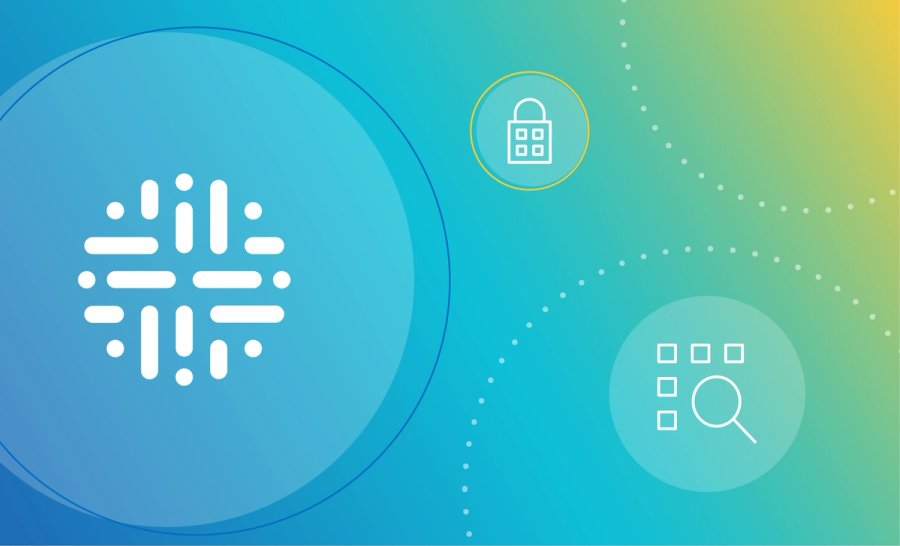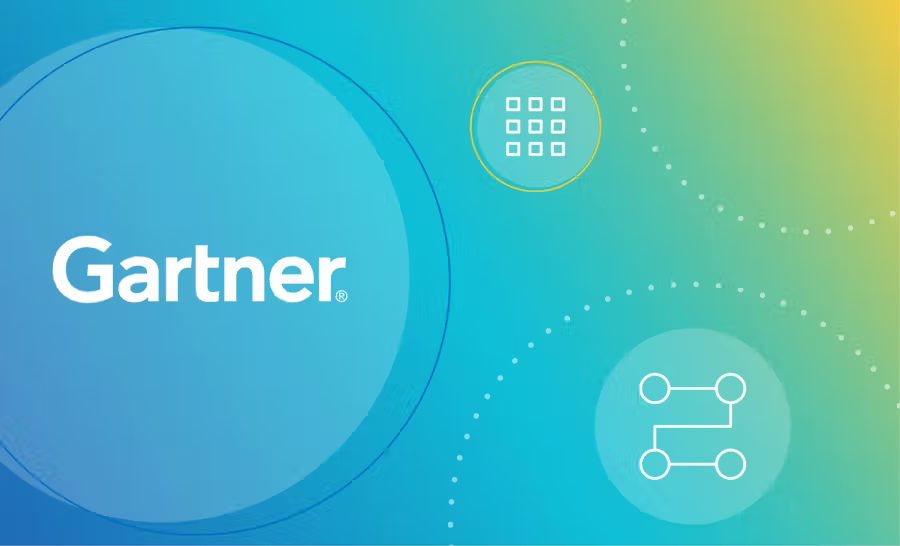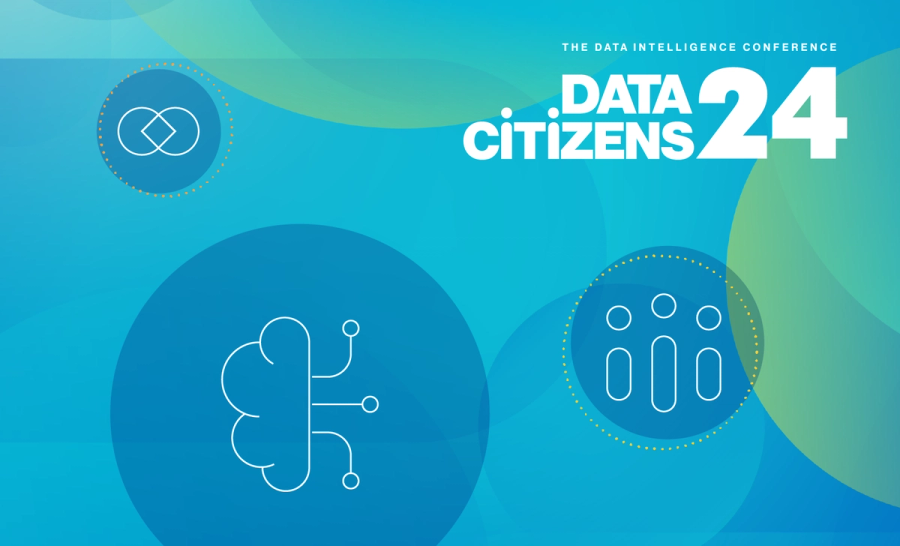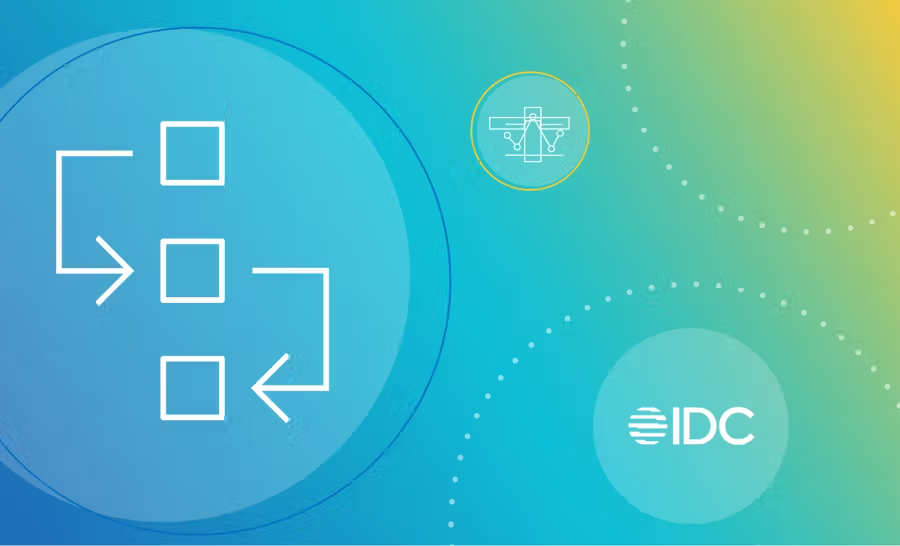Upgrading from fragmented data governance tools to a comprehensive data intelligence platform

As your organization grows, so will your data and the requirements placed on that data. You may have already started with a data governance tool that served its purpose well, offering you the basics of data cataloging, lineage tracking or quality checks. However, as your enterprise scales, you might begin to notice the cracks in these point solutions. The once manageable tools now struggle to keep up with the increasing volume of data, the need for real-time insights, and the challenge of integrating diverse data sources into a unified view. What was once sufficient now feels disjointed, leaving gaps in your ability to fully leverage your data.
As data needs evolve, organizations often find that relying on a single source or tool for governance can lead to significant blind spots. Focusing on one aspect, such as lineage or cataloging, without integrating it with others, can result in fragmented data insights. This is why organizations must move toward a comprehensive strategy—one that incorporates both data AI governance, data quality, privacy, and observability into a single, scalable platform.
This evolution towards data intelligence enables a holistic approach to data management, ensuring that all data assets are connected and actionable insights are generated across the enterprise. By integrating various governance aspects, organizations can reduce risks, improve decision-making, and ensure data is reliable and compliant in today’s complex data environments.
We hope to explore the key considerations for expanding from your existing collection of data governance tools to a more robust data intelligence platform. It’s not just about adding more tools to your arsenal; it’s about transforming how you manage and utilize data to drive business value.
From fragments to full picture: Why data intelligence trumps data information
Many organizations start their data journey with tools that manage specific aspects of data exceptionally well. You might have a robust data lineage tool tracing data flows or a quality solution ensuring data integrity. While these tools provide valuable insights, they often operate in silos, limiting their effectiveness. This segmented approach gives you data information – what exists and where – but not data intelligence – how reliable, compliant or impactful that data is on decision-making.
To bridge this gap, organizations must evolve from merely collecting data to truly understanding and leveraging it across their operations. This shift is where comprehensive data management comes into play, integrating multiple aspects – cataloging, quality, lineage, privacy and observability – into a unified data intelligence platform. This holistic view turns fragmented data points into actionable insights, empowering better decision-making, reducing risks and ensuring compliance.
Moreover, as regulations like GDPR and CCPA, and new AI laws like the EU AI Act, become more stringent, integrating data privacy and security, as well as AI governance into your governance strategy is essential. A comprehensive platform with automated data classification, policy enforcement and secure lineage tracking ensures compliance, protecting your organization from the severe consequences of non-compliance, such as financial penalties and reputational damage.
Scaling the heights: Integrating for seamless data growth
As organizations grow, so does the complexity and volume of their data. Legacy platforms or point solutions, while effective in specific areas, often struggle to scale across a growing enterprise. They may handle a set number of data assets efficiently, but as your data landscape expands, these tools reveal their limitations. Scalability isn’t just about processing more data – it’s about ensuring that your people, processes and technology evolve together.
For example, a data quality tool that requires data to be scanned outside your firewall can quickly become a bottleneck as volumes increase. Similarly, if your data governance solution isn’t built to scale, you might find yourself juggling multiple, disconnected data dictionaries and governance processes, leading to inefficiencies and increased costs. Integration is another challenge; systems that don’t seamlessly connect create data silos and inconsistencies, further complicating your data strategy.
A unified data intelligence platform addresses these challenges by enabling seamless integration and scaling effortlessly across all dimensions – data volume, processing power, and organizational reach. Such a platform ensures that as your data grows, your governance processes remain aligned, consistent and efficient.
And in today’s fast-paced environment, the role of AI and automation within this platform is crucial. AI can automate governance tasks, maintain real-time data quality and streamline compliance checks, allowing your teams to focus on higher-value activities. For example, AI-driven anomaly detection and automated data classification enhance reliability and security, ensuring that your governance processes are not only thorough but also efficient and scalable.
Furthermore, as the development of AI continues to play a pivotal role in modern enterprises, scaling with AI-driven governance becomes increasingly important. AI can automate and streamline governance tasks, significantly reducing the operational burden associated with managing large data environments. Additionally, ensuring your AI models are trained on accurate, compliant and high-quality data is critical to mitigating risks and supporting innovation without compromising governance standards.
Counting the cost: The hidden price of disjointed solutions
While point solutions might appear cost-effective at first, the hidden costs of managing multiple tools can quickly accumulate. These hidden costs include increased maintenance, licensing fees and the complexities of managing relationships with multiple vendors. For example, a hyper-scaler might offer an attractive initial price, but the long-term expenses of integrating it with non-native systems can escalate rapidly.
The true cost of a disjointed approach often surfaces in several key areas:
- People expertise: Managing different tools often requires specialized knowledge, such as AWS administration versus JIRA administration for governance. This specialization can lead to higher personnel costs and inefficiencies
- Process complexity: The complexity of negotiating and managing multiple vendors can slow down operations, increase downtime and lead to missed opportunities
- Product resources: Disparate systems may necessitate duplicative compute environments, resulting in unnecessary expenses and wasted resources
Unified vs. disjointed: A cost efficiency breakdown
Here’s how the costs compare between a unified platform and a disjointed solution:
| Cost factor | Single platform | Disjointed solution |
|---|---|---|
| Varied expertise | 1x admin team | Multiple admin teams |
| Compute resources | 1x compute environment | Multiple more environments |
| Operations and vendor management | Single vendor | Multiple vendors |
| Maintenance and upgrades | Unified, streamlined | Complex, often redundant |
| Support and training | Integrated, consistent | Fragmented, varied |
| No sessions matching your filters are available. | ||
Cost factor Single platform Disjointed solution Varied expertise 1x admin team Multiple admin teams Compute resources 1x compute environment Multiple more environments Operations and vendor management Single vendor Multiple vendors Maintenance and upgrades Unified, streamlined Complex, often redundant Support and training Integrated, consistent Fragmented, varied
The quantified benefits of data intelligence platforms
Organizations that transition to a unified platform experience not only cost savings but also improvements in productivity, reliability and operational efficiency. IDC’s research covering the business value of Collibra Data Intelligence Platform provides key metrics to illustrate the real-world benefits:
- Business user productivity: On average, organizations report an annual value of $83,255 per 100 impacted end users due to enhanced productivity. A unified platform streamlines data access and usability, enabling faster, more efficient workflows for business users.
- IT cost savings: IT teams can achieve an average annual cost saving of $68,882 per 100 users through reduced infrastructure maintenance and simplified vendor management. Consolidating systems into a unified platform reduces the need for multiple specialized tools and IT personnel, further driving savings.
- Reduced time for data discovery: Organizations utilizing a unified platform experience a 57% reduction in time spent on data discovery. Faster data access results in improved decision-making capabilities and better use of internal resources.
- Less time to resolve data-related errors: Unified platforms also lead to a 34% reduction in time spent resolving data-related errors, minimizing downtime and the impact on business operations. This directly boosts productivity and reduces operational costs.
- Fewer data-related errors: Organizations can experience 14% fewer data-related errors, which contributes to greater reliability and fewer disruptions across the enterprise.
Other key benefits of a unified platform
In addition to the IDC metrics, organizations transitioning to a unified platform enjoy several long-term advantages:
- Lower total cost of ownership (TCO): Through reduced integration costs and simplified infrastructure maintenance, organizations lower the total cost of ownership compared to disjointed systems.
- Improved platform adoption: A continuous user experience (UX), unified interface, and consistent processes across the platform promote broader and faster adoption, ensuring quicker value realization across the organization.
- Higher scalability and reliability: The simplified and unified architecture leads to fewer errors and improved reliability, minimizing downtime and maximizing the platform’s scalability to meet evolving business demands.
- Higher return on investment (ROI): Faster use case implementation and reduced time to value result in a higher ROI from the platform, as organizations leverage its full capabilities more efficiently.
Breaking free from the sunk cost fallacy
Organizations often fall into the sunk cost fallacy, continuing to invest in outdated or inadequate systems because of the time and money already spent. However, by pivoting to a comprehensive data intelligence platform, organizations can break free from this cycle, achieving better ROI and positioning themselves for future growth.
Consider the potential gain: your current disjointed solution is most likely costing you more than a unified solution would, especially including the considerations above. These savings would not only offset the initial investment required for the transition but also lead to significant long-term benefits, making the shift a financially sound decision.
Although the transition may require an upfront investment, the long-term benefits — cost savings, improved efficiency and enhanced data intelligence — far outweigh the costs of continuing with a fragmented, inefficient approach. By embracing a unified platform, your organization can optimize operations, unlock new opportunities for growth and move beyond the constraints of legacy systems.
Beyond the basics: Building a future-proof data strategy
As your organization evolves, so too must your approach to data governance. Starting with a few point solutions may have been sufficient in the beginning, but as your data needs grow, it’s essential to adopt a more strategic, integrated approach. A unified data intelligence platform offers the comprehensive management, scalability and cost efficiency necessary to truly unlock the value of your data.
Now is the time to evaluate your current data governance setup and ask whether it’s meeting your needs or holding you back. Consider how a robust data intelligence platform could address your challenges and position your organization for future success. Remember, transitioning to a more comprehensive solution doesn’t mean discarding what you already have; it means building on it to achieve a more mature, effective data strategy.
Next steps
For more information on why you should consider a unified data intelligence platform, check out our essential data intelligence buyer’s guide and visit our product tour to see Collibra’s Data Intelligence Platform in action.
In this post:
- From fragments to full picture: Why data intelligence trumps data information
- Scaling the heights: Integrating for seamless data growth
- Counting the cost: The hidden price of disjointed solutions
- Unified vs. disjointed: A cost efficiency breakdown
- The quantified benefits of data intelligence platforms
- Other key benefits of a unified platform
- Breaking free from the sunk cost fallacy
- Beyond the basics: Building a future-proof data strategy
- Next steps
Related articles

Collibra PlatformMay 16, 2024
Collibra’s new UI: Empowering data teams with even more intuitive, effective UX

Data GovernanceJanuary 13, 2025
Collibra named a Leader in the Gartner® Magic Quadrant™ for Data and Analytics Governance Platforms

Collibra PlatformMarch 11, 2024
Do more with trusted data: Join us at Data Citizens ’24

Collibra PlatformNovember 14, 2024
Collibra named a Leader in IDC MarketScape: Worldwide Data Intelligence Platform Software 2024
Keep up with the latest from Collibra
I would like to get updates about the latest Collibra content, events and more.
Thanks for signing up
You'll begin receiving educational materials and invitations to network with our community soon.

